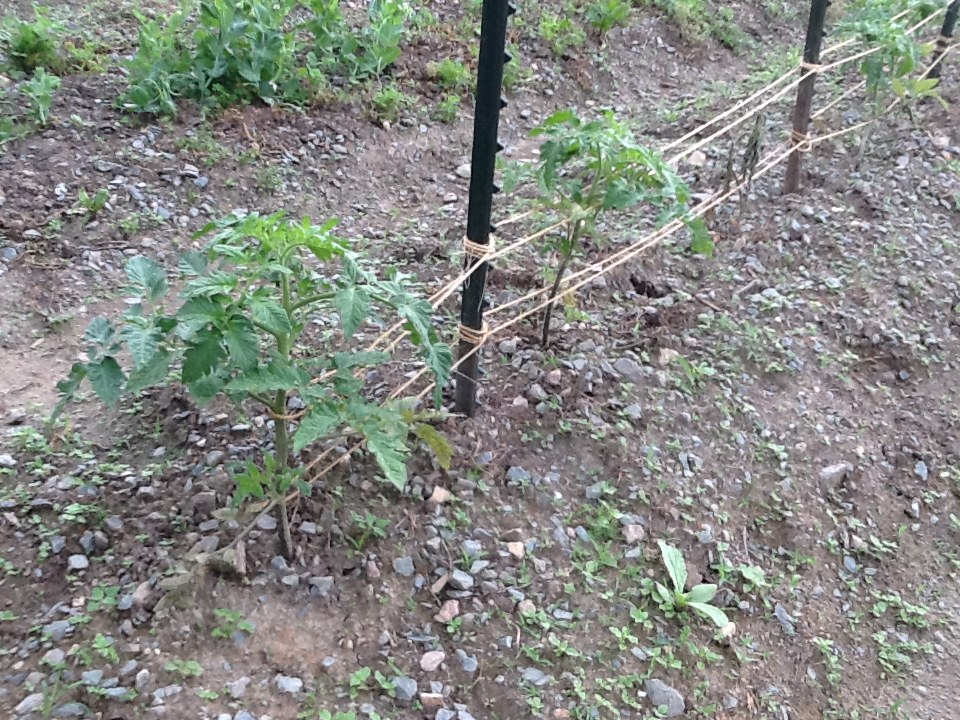
For many gardeners, it’s hard to picture a world without tomatoes. These productive plants steal the show in many backyard gardens with their wide variety of shapes, colors, and flavors. While the Aztecs grew tomatoes since before 700 A.D. they were not known internationally until the 16th century. Even then, they were regarded with some suspicion as a colorful member of the nightshade family. It’s amazing how quickly they’ve become important worldwide.
Try disease-resistant varieties.
If you struggle with blight and other diseases wiping out your tomatoes before you get a proper harvest you may want to consider planting a few disease-resistant varieties.
Plant them deep.
Transplanting tomatoes properly is a little different from many other vegetables. Rather than bury them at the same depth as they were in the pot you can bury them deep enough to cover their bottom set of leaves. You’ve probably noticed how the bottom of a tomato stalk is covered in little bumps. Those bumps are nodes which send out roots when they’re covered in soil. Burying them deeply so they can quickly produce more roots will help your plants thrive.

Set up a large, sturdy trellis.
Store-bought tomato cages may be sufficient in far northern climates or for some determinant varieties but for the most part, especially in the southeastern United States, your tomatoes will quickly outgrow them. Many people opt for the “Florida weave” technique pictured above which requires stakes and twine. Another great option is cattle panels.
Provide good compost.
Tomatoes are heavy feeders and providing them with plenty of nutrition can help them do their best. Add a scoop of compost to the bottom of your transplant hole and watering them in with compost tea can help them do their best. Once they flower you can side dress them with more compost or water them again with compost tea.
Use mulch.
Using some sort of mulch around your tomatoes is highly recommended. It will help block weeds and ensure your tomatoes have good consistent moisture, needed to fruit.
Try succession planting.
Often when people think of succession planting they think of crops with a single harvest like carrots and beets or a relatively short harvest like sweet corn. However, there’s no reason you can’t do it with tomatoes if you have a long enough season. At SESE we transplant some of our tomatoes as late as July so that we have a wide selection available for our August open house and the Heritage Harvest Festival in September.
You can also grow storage varieties so that you have fresh tomatoes in winter too!
Every plant comes with its own challenges and tomatoes are no different. These six tips can help ensure you get an awesome tomato harvest this year.
Pin it for later.

